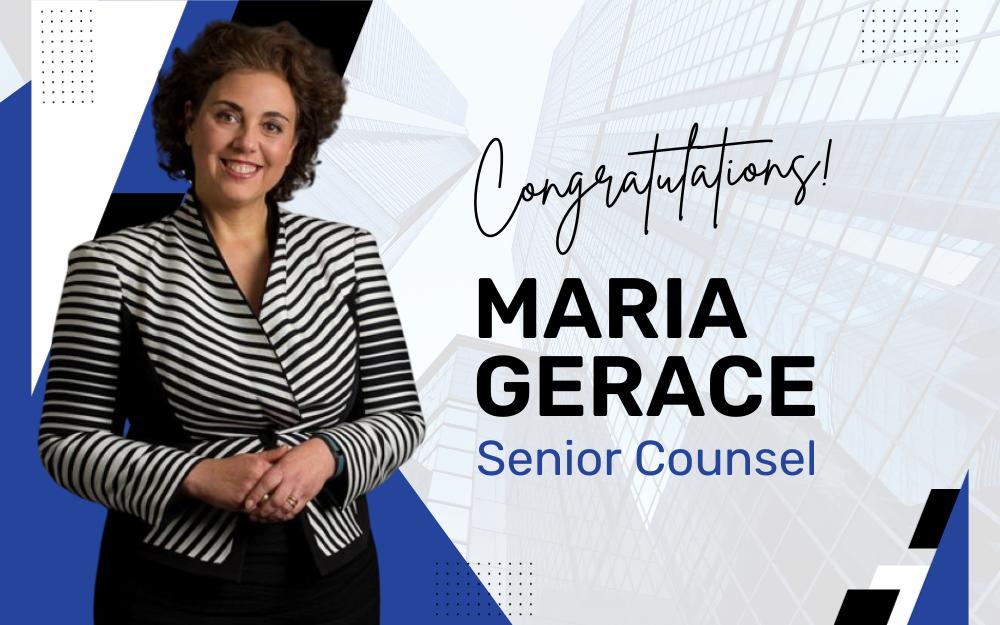On 1 July 2016, tax legislation came into force which requires, in certain circumstances, a purchaser to pay a percentage of the purchase price of real property to the ATO.
Originally, the regime applied only to purchases from a foreign resident of real property with a market value of at least $2million. However, on 9 May 2017, the regime was extended so it applies to contracts made after 30 June 2017 with foreign residents for the purchase of real property with a market value of at least $750,000. The regime was created because the Government felt that foreign resident vendors of Australian property had a poor compliance record in payment of capital gains tax.
Interestingly, if you are a purchaser of Australian real property, then the new legislation requires you to treat your vendor as a foreign resident unless the vendor gives you a Clearance Certificate issued by the ATO. The implication for a solicitor acting for a vendor is obvious: advise your client to apply for a Clearance Certificate immediately it decides to sell. The ATO’s website says that the simplest way to obtain Clearance Certificate is to apply online. A Clearance Certificate can then be attached to the draft contract when the property is put on the market.
The language of the legislation is interesting insofar as it applies to real property with a market value of at least $750,000. Market value is assessable “just after the transaction”. The fact that legislation does not refer to “just after completion of the transaction” suggests that the date of exchange of contracts is the relevant date. If so, the obligation to pay 12.5% of the purchase price to the Commissioner arises on exchange. Of course, a purchaser would rarely have such money available until their incoming mortgagee provides funds (at completion) or they simultaneously complete the sale of another property. This would make the legislation almost impossible to comply with. The ATO, however, seems to be working on the assumption that the transaction that results in acquisition of the property is completion.
This also gives rise to potential difficulties for the purchaser whose obligation is to withhold an amount and pay it to the ATO unless the “market value” “just after the transaction” is less than $750,000. If the “market value” is assessed just after settlement, it must be a concept different to the “contract price”. It may be more than the contract price, particularly if it is an off the plan contract. If so, a purchaser bears the risk that, although the contract price was less than $750,000, the market value will exceed the threshold and make the purchaser liable to pay to the ATO. This raises invidious questions of how “market value” is to be determined and who bears the cost of determining it. What happens if the vendor and purchaser disagree about whether the payment obligation is triggered by the market value equalling or exceeding $750,000? If the purchaser forms the view that the market value is equal to or greater than $750,000 and therefore is obliged to pay money to the ATO, the vendor may not be able to complete a simultaneous purchase and may not be able to obtain a discharge of mortgage by paying out the existing mortgagee.
Moreover, if the vendor does not provide a Clearance Certificate and the transaction is not an excluded one, the obligations on the purchaser are onerous. The purchaser is required to pay an amount to the ATO on or before the date of settlement “an amount equal to 12.5% of…the first element of the CGT assets cost base just after the acquisition…less…if the acquisition is the result of you exercising an option, any payment you made, and the market value of any property you gave, for the option…”. This seems particularly confusing because the phrase “the acquisition” is used twice: once to the vendor’s acquisition in the past of the property which is now the subject of a contract for sale; and then to the purchaser’s acquisition of the real property under the current contract for sale. Ignoring options, the amount payable by the purchaser is 12.5% of the first element of the CGT’s assets cost base in the vendor’s hands. The first element of the cost base is the money that the vendor paid to acquire it. The withholding obligation is thus not 12.5% of the sale price of the property, but 12.5% of the vendor’s cost of acquiring the property. That may be more or less than the price under the current contract for sale. But, how is the 12.5% of the cost of the vendor’s acquisition of the property to be determined? The purchaser’s solicitor would need to obtain a copy of the transfer by which the vendor acquired the property that is now being sold. That would usually reveal the amount that the vendor paid to acquire it. If there is any doubt about it, the vendor could be required to provide a statutory declaration as to the amount. Because it is the purchaser who will be liable if insufficient funds are withheld, the parties could agree that the vendor should indemnify the purchaser against any claim by the ATO for further funds. Given that the scheme applies to vendors who are not residents of Australia, the strength of that indemnity may be illusory.
This is another complication in property law that emphasises how important it is to use knowledgeable and experienced property lawyers Sydney to advise you about property transactions.










